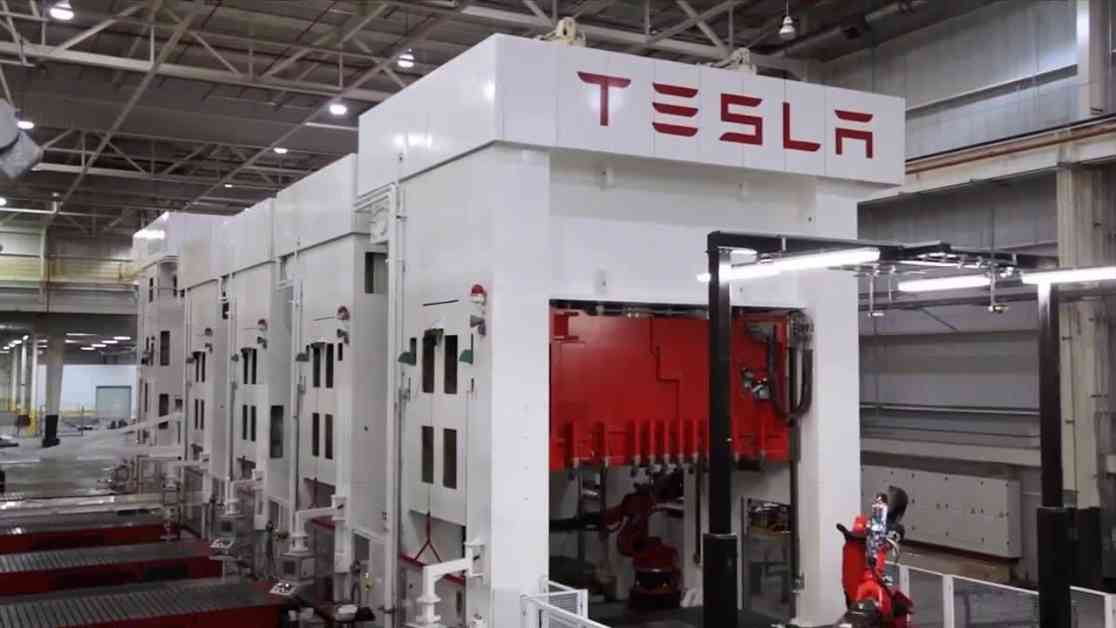Elon Musk, the CEO of Tesla, recently unveiled the company’s highly anticipated robotaxi at a Hollywood studio. The robotaxi, known as the “Cybercab,” is an AI-powered vehicle that does not have steering wheels or pedals. Musk expressed confidence in Tesla’s progress with autonomous driving technology, which allows vehicles to operate without human intervention.
The Cybercabs are expected to cost under $30,000 and become available by 2026 or before 2027. Tesla also plans to make its Full Self-Driving technology available on the Model 3 and Model Y vehicles in Texas and California next year. This technology will eventually lead to the creation of robotaxis, where vehicles can operate without human supervision.
While Tesla’s advancements in autonomous driving technology are impressive, some investors have expressed concerns about the timeline for actual deployment. Other automakers, such as Waymo and General Motors, are already running autonomous vehicles in certain areas. Despite Tesla’s claims of being close to achieving fully automated driving, critics point out that there are no Tesla vehicles currently deployed on public roads.
In addition to the Cybercab, Musk also revealed a self-driving minibus that can carry up to 20 passengers. The company showcased humanoid robots that are capable of performing tasks such as babysitting, mowing lawns, and fetching groceries. These robots are expected to cost between $28,000-$30,000 and offer a wide range of functionalities.
Musk’s focus on artificial intelligence and robotics comes at a time when Tesla’s core products, electric vehicles, are facing challenges. The company’s model lineup is due for a refresh next year at the earliest, and there are concerns about the brand’s image among certain consumer segments. Musk’s involvement in political causes, including his endorsement of Republican candidates, has raised questions about the impact on Tesla’s reputation.
Despite past predictions about the imminent arrival of a fleet of robotaxis, Musk has acknowledged that timelines for autonomous driving have been overly optimistic. Safety regulators in the US are investigating Tesla’s Full Self-Driving and Autopilot technologies following incidents where the systems failed to ensure driver attention. A fatal crash involving a Tesla using Full Self-Driving has raised further scrutiny on the company’s autonomous capabilities.
As Tesla continues to push the boundaries of autonomous driving technology, the company faces regulatory challenges and public scrutiny. The unveiling of the Cybercab and other self-driving vehicles represents a significant step towards a future where AI-powered transportation is a reality. Investors and consumers alike will be closely watching Tesla’s progress in the coming years.


